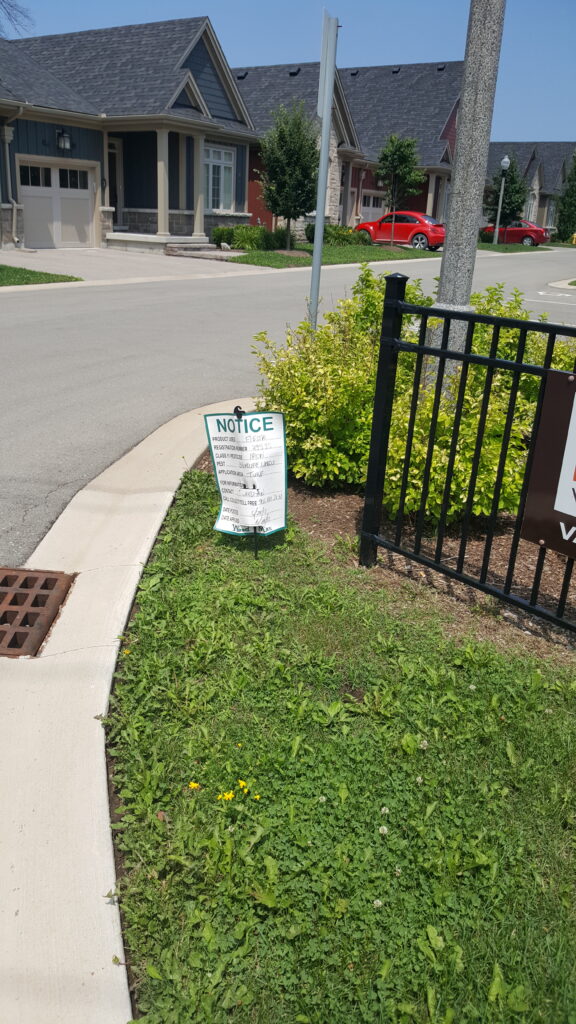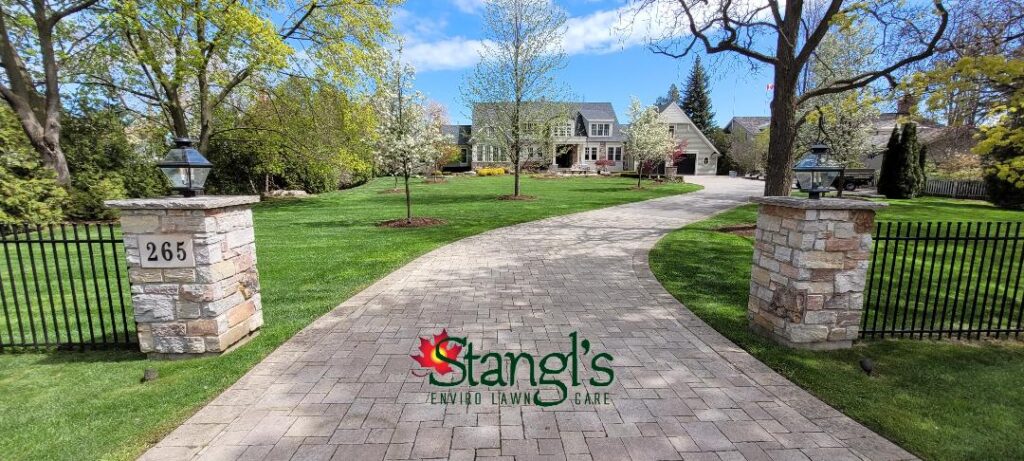Introduction:
If you’re still clinging to the outdated belief that dousing your lawn with fertilizers and sprays is the path to green glory, it’s time for a wake-up call. Since the ’60s, the lawn care industry has been peddling a narrative so deeply ingrained that it’s become part of our collective psyche. But let’s be blunt: this approach is not just a relic of the past; it’s a dangerous fallacy.
The Ego of Lawn Perfection:
Lawn care has become an ego-driven spectacle where the greenest grass is the measure of personal success. We’re all familiar with the neighborhood gossip about who has the best or worst lawn. The cycle is vicious – those with the “perfect” lawns become evangelists for chemical solutions, sharing their gospel of how to achieve lawn nirvana. Meanwhile, those with less-than-ideal yards are desperate for the same quick-fix advice, ignoring the broader implications.
The False Promise of Instant Results:

Chemical companies market their products like they’re magic wands; sprinkle this, spray that, and your lawn will transform overnight. But here’s the truth: nature isn’t a switch you can flip. From birth to old age, growth is gradual, not instantaneous. The idea that we can control biology with a few chemical applications is not just naive, it’s hubristic.
A Culture of Misinformation:
We’ve all heard or even said, “But it works for me,” when it comes to these programs. Yet, how many times have you switched providers because the last one failed to deliver the promised results? The industry thrives on this cycle of disappointment, using marketing tactics like discounts and free services to lure customers into a never-ending dance with their products. The only evolution in this field seems to be the name on the label and the price tag.
Ignoring the Legacy:
I’ve encountered countless individuals, particularly seniors, who dismiss the environmental and uninteneded consequences of their lawn care choices with a selfish, “I won’t be here to deal with it.” This ego, as described by Deepak Chopra, is about “Edging God Out,” but in this context, it’s more about “Edging Green Out.” It’s a self-centered approach that neglects the legacy we leave for our children and the planet.
My Personal Awakening:
My journey began when I recognized the folly in this system. After decades in the industry, I stopped using chemicals at home once I had children. This led me to explore the world of soil biology, from understanding biomass ratios with a microscope to diving deep into the Johnson-Su Bioreactor’s data. The teachings of Dr. James White on the rhizophagy cycle and insights from Dr. Philip S. Callahan on insect behavior further enlightened me. These experiences are chronicled on my website, showing that there’s a better, more sustainable way.
The Regenerative Path:
The notion that we only understand 2% of soil biology should humble us, not embolden us to continue with practices that disregard this complexity. Regenerative work isn’t about being right; it’s about learning from those who’ve come before us and continuously improving. It’s about systems thinking, seeing the lawn as part of a larger ecological framework, not just a patch of grass to be managed with chemicals.
Conclusion:
To those who think they know better because they’ve been doing it this way for years, let me be clear: you’re part of the problem, not the solution. Your arrogance, your ignorance, isn’t just humbling; it’s harmful. We need to shift from an ego-driven industry to one guided by science, sustainability, and a genuine respect for the natural world. It’s time to rethink what we mean by “lawn care” – it’s not about control, but about cultivating life.
If you’re ready to move beyond the ego and embrace the science of soil health, join us in the journey towards truly regenerative lawns. For those still clinging to the old ways, remember, nature doesn’t care about your ego; it thrives despite it.
